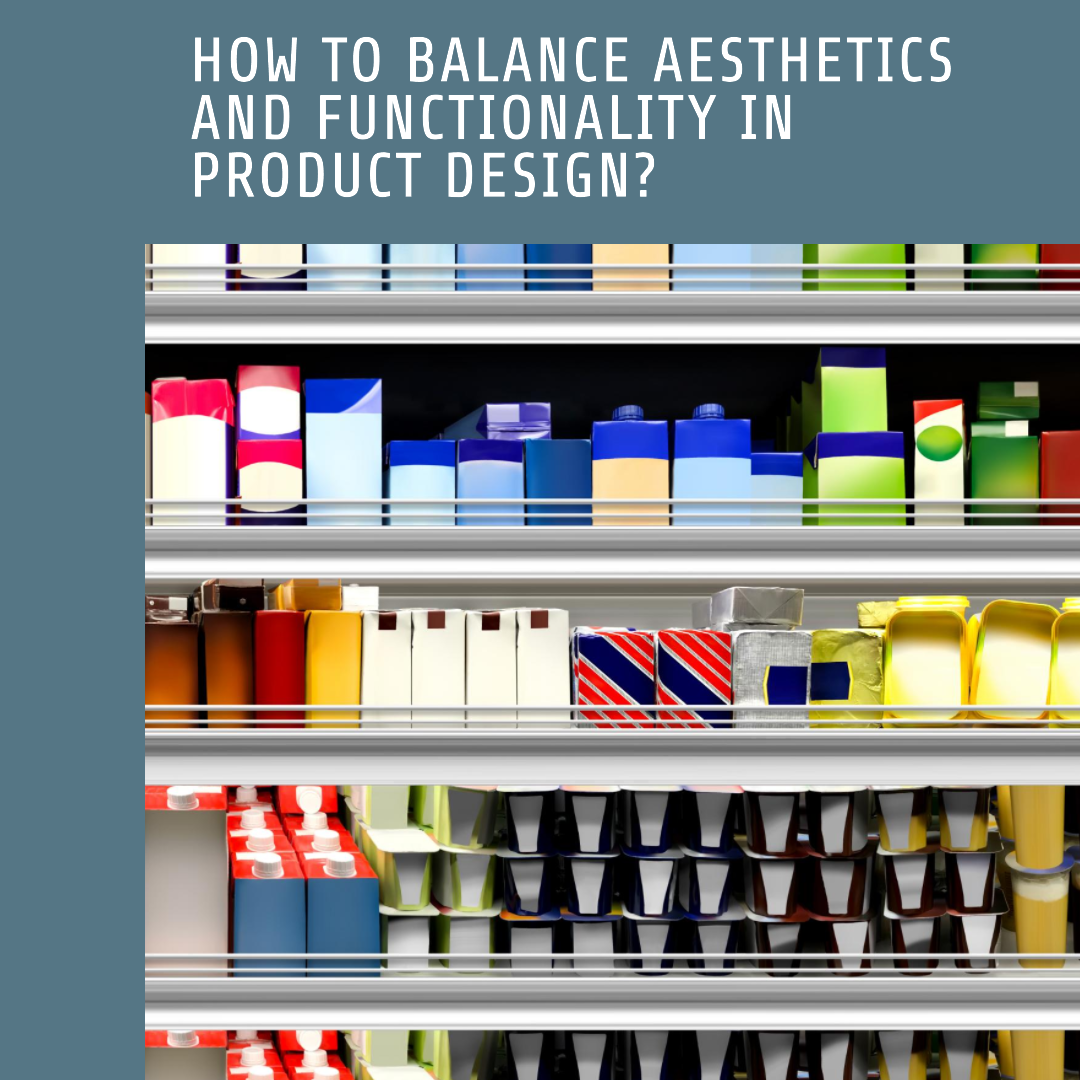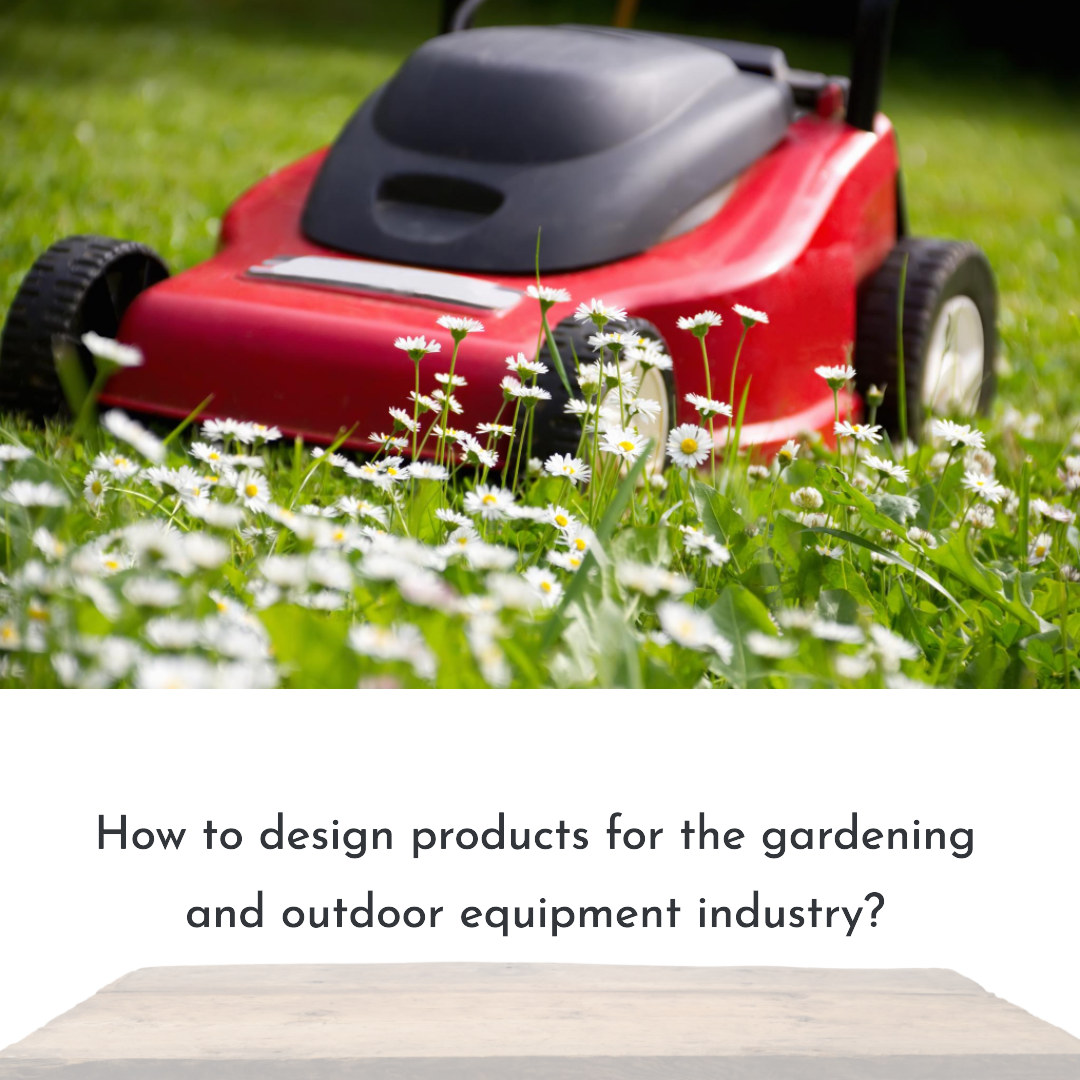How to balance aesthetics and functionality in product design?
Aesthetics and functionality are two of the most important factors to consider when designing a product. Aesthetics refers to the product’s visual appearance, while functionality refers to its ability to perform its intended purpose.
It can be challenging to balance aesthetics and functionality in product design, but it is important to do so in order to create a product that is both visually appealing and useful. When aesthetics and functionality are balanced, the result is a product that is both enjoyable to use and effective.
Here are some tips on how to balance aesthetics and functionality in product design:
1. Understand your users and their needs
The first step to balancing aesthetics and functionality is to understand your users and their needs. What are they looking for in a product? What are their pain points? Once you understand your users, you can start to design a product that meets their needs and is aesthetically pleasing.
For example, if you are designing a smartphone, you need to consider the needs of your target users. What features are important to them? Do they want a phone with a large screen or a long battery life? Do they want a phone with a sleek design or a durable case? Once you understand your users’ needs, you can start to design a phone that meets their needs and is also visually appealing.
2. Choose the right materials and finishes
The materials and finishes you choose can have a big impact on the aesthetics and functionality of your product. For example, if you are designing a coffee maker, you need to choose materials that are durable and easy to clean. You also need to choose finishes that are both visually appealing and resistant to staining and scratching.
When choosing materials and finishes, it is important to consider the overall aesthetic of your product. You want to choose materials and finishes that complement each other and create a cohesive design.
3. Pay attention to the details
The details can make a big difference in the overall aesthetics and functionality of your product. For example, if you are designing a chair, you need to pay attention to the details of the upholstery, the stitching, and the hardware. You also need to pay attention to the ergonomics of the chair to ensure that it is comfortable to sit in for long periods of time.
When designing a product, it is important to pay attention to all of the details, no matter how small. The details can make a big difference in the overall quality and user experience of your product.
4. Test your product with users
Once you have designed a product that you think balances aesthetics and functionality, it is important to test it with users. Get feedback from users on the product’s appearance, usability, and overall performance. This feedback will help you to identify any areas where the product can be improved.
User testing is an important part of the product design process. It helps to ensure that you are creating a product that is both useful and enjoyable for users.
5. Be willing to iterate
It is unlikely that you will get the perfect balance of aesthetics and functionality on your first try. Be willing to iterate on your design and make changes based on user feedback.
Iteration is an important part of the product design process. It helps to ensure that you are creating a product that meets the needs of your users and is both aesthetically pleasing and functional.
Examples of products that balance aesthetics and functionality
Here are a few examples of products that balance aesthetics and functionality:
- Apple iPhone: The iPhone is a great example of a product that balances aesthetics and functionality. It has a sleek and stylish design, but it is also packed with features. The iPhone is easy to use and provides a great user experience.
- Herman Miller Aeron Chair: The Aeron Chair is a great example of a product that balances aesthetics and functionality. It has a modern and ergonomic design, but it is also incredibly comfortable to sit in. The Aeron Chair is built to last and provides excellent support for the back and neck.
- Vitsoe 606 Universal Shelving System: The 606 Universal Shelving System is a great example of a product that balances aesthetics and functionality. It has a simple and elegant design, but it is also incredibly versatile and can be used to store a variety of items. The 606 Universal Shelving System is well-built and looks great in any space.
Conclusion
Balancing aesthetics and functionality in product design can be challenging, but it is important to do so in order to create a product that is both visually appealing and useful. By following the tips above, you can create products that are both beautiful and functional.








